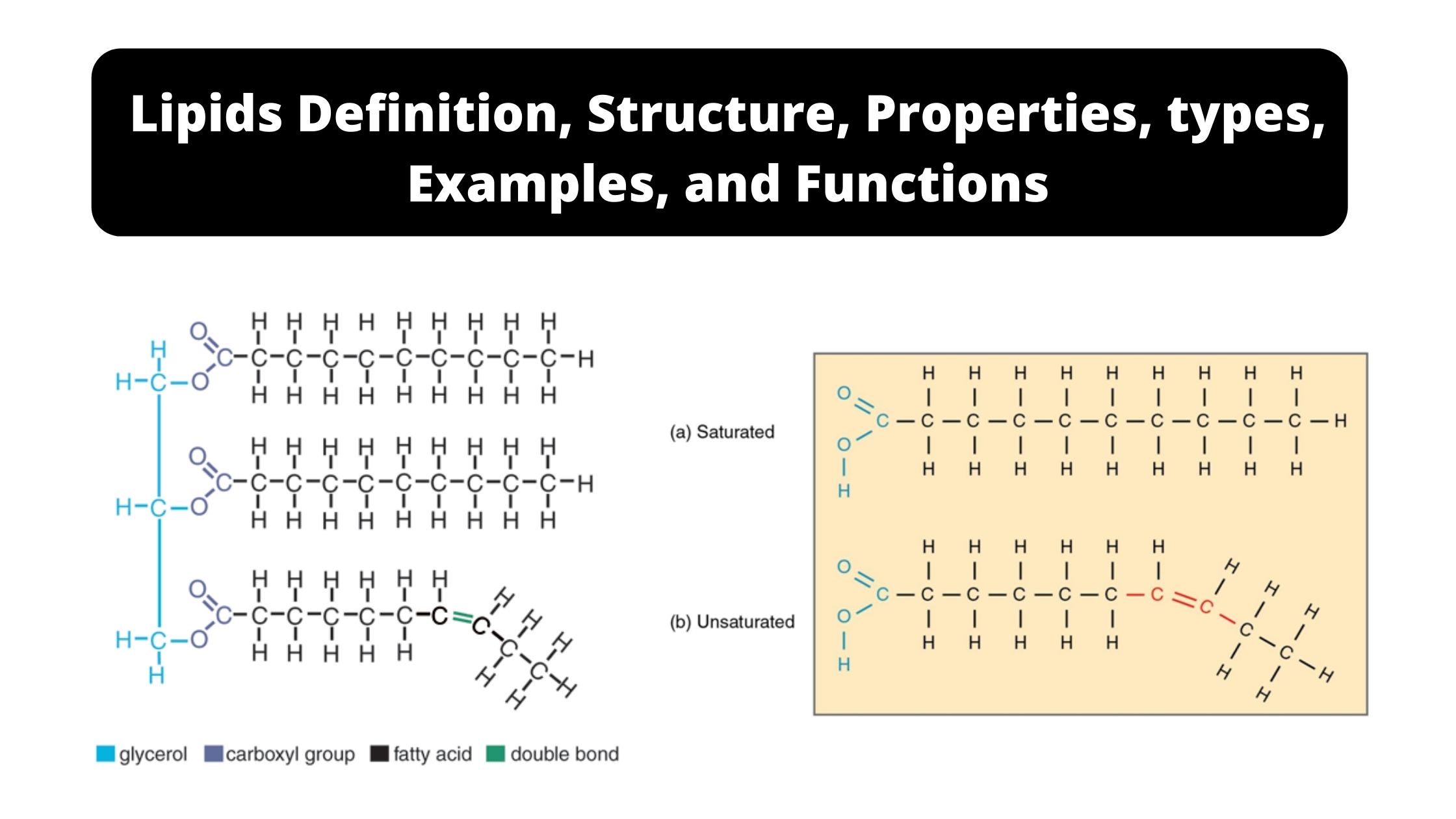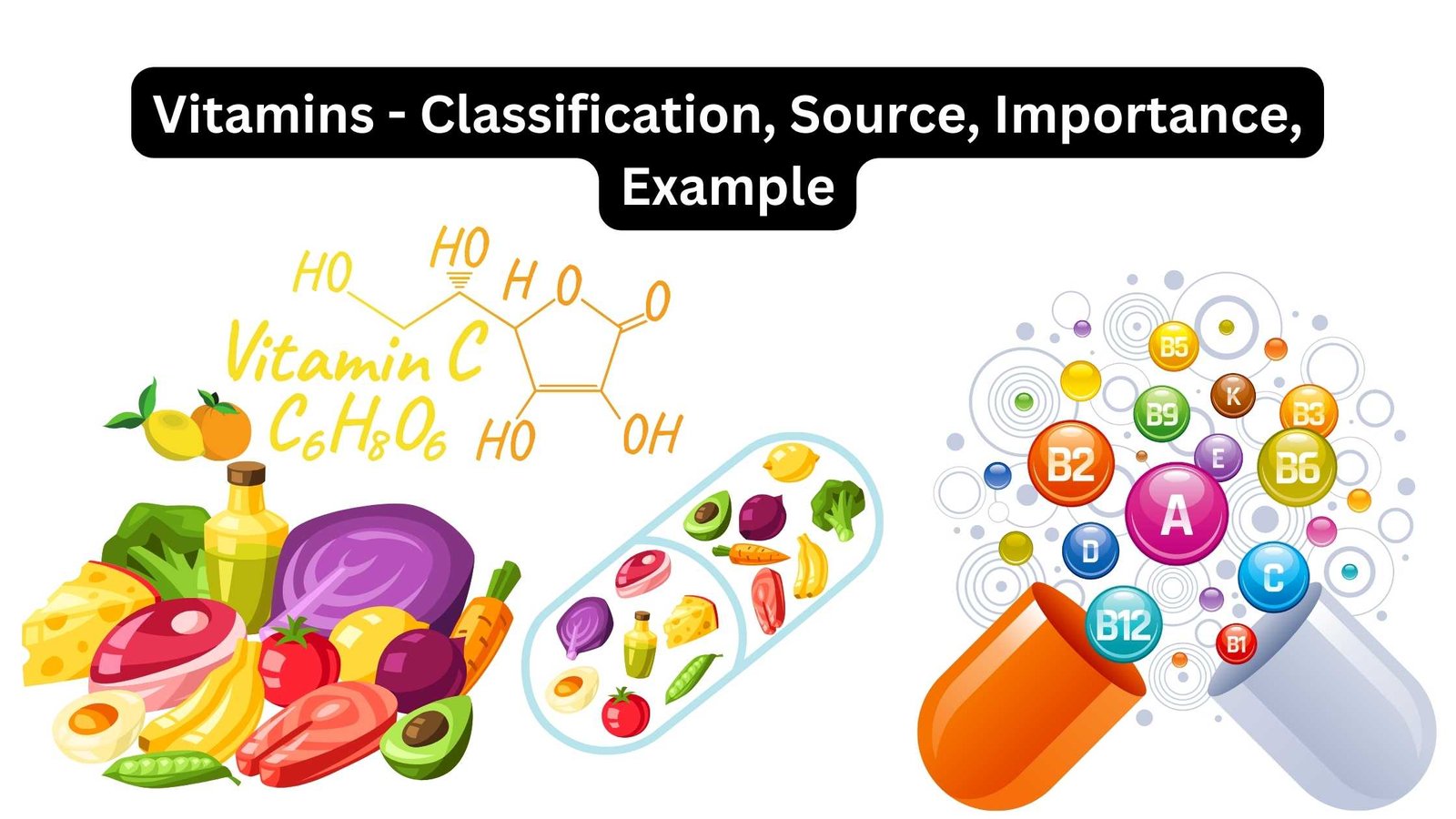Lipids – Definition, Structure, Properties, Types, Functions, Examples
What are Lipids? Definition of Lipids Lipids are a group of organic compounds, insoluble in water but soluble in non-polar organic solvents, that serve as energy storage molecules, cell membrane components, and play roles in signaling and insulation. Properties of Lipids Physical Properties of Lipids Chemical Properties of Lipids Physical Properties Chemical Properties Soluble in … Read more









